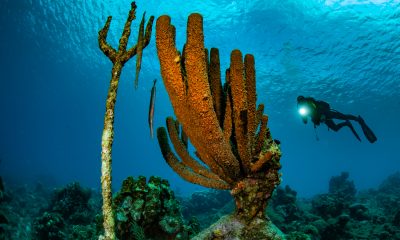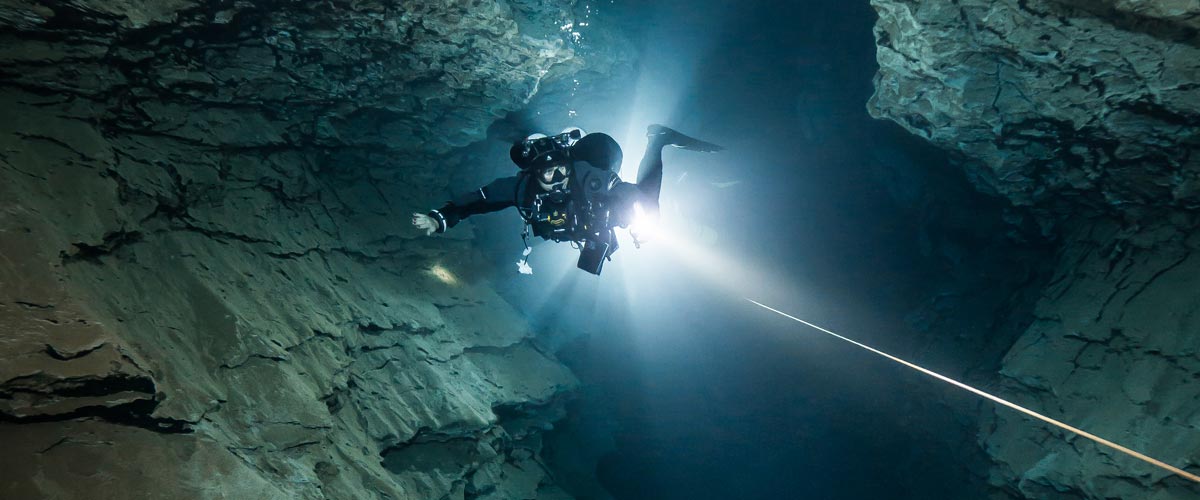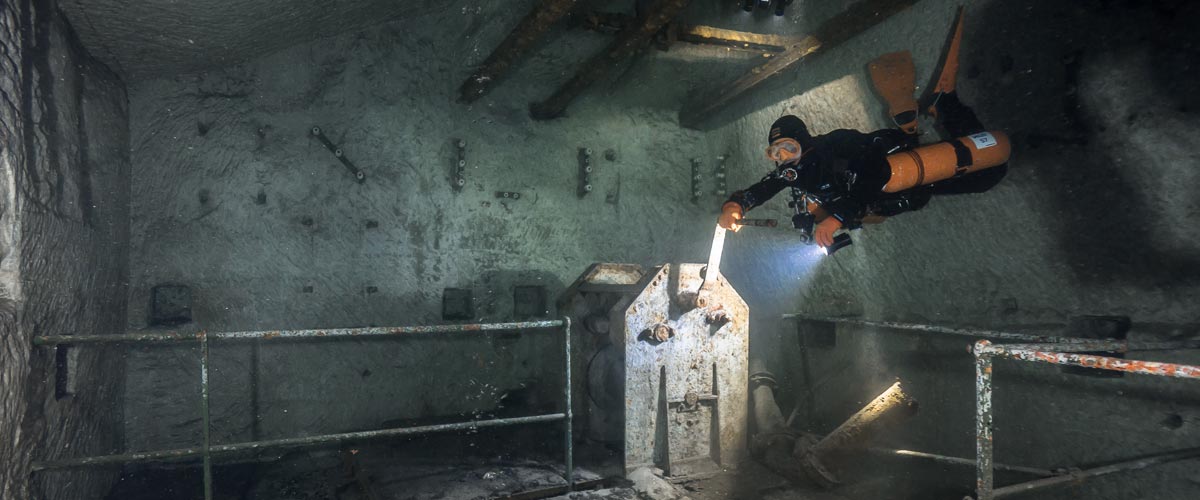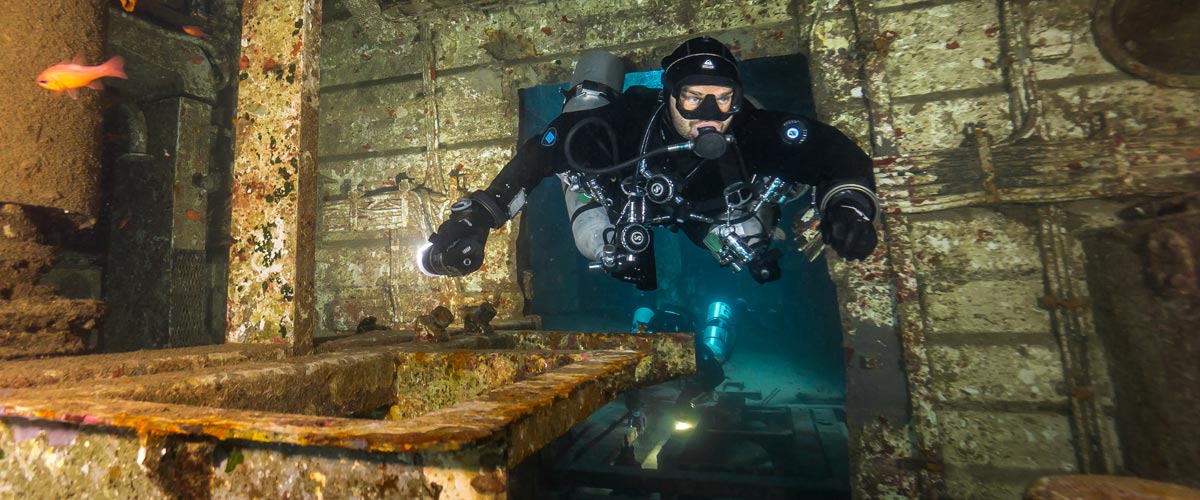Dive Training Blogs
Largest underwater treasures that you didn’t know about…
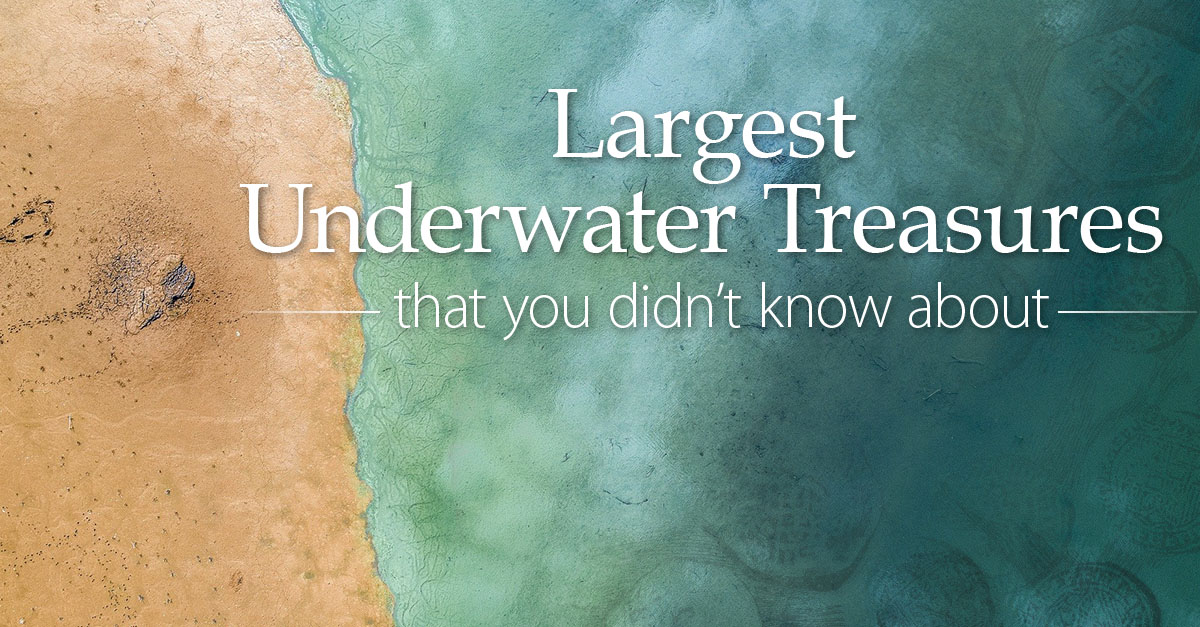
By Alex Lemaire
The underwater world has fascinated humans since antiquity. It is a mysterious world where we can find amazing beauty and experience unforgettable adventures. It is also full of shipwrecks that were loaded with precious treasures. In this article, I’ll share with you five of the largest underwater treasures ever discovered.
1715 treasure fleet
In 1715, a Spanish fleet of 12 ships was heading from Cuba to Spain. However, they were hit by a hurricane a few days after departure. Only one ship survived. The rest sank with their precious cargo (gold and silver) a few miles away from Florida.
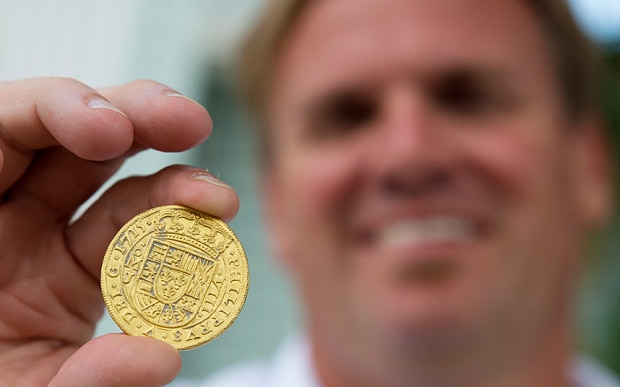
The shipwrecks remained underwater for more than 250 years until they were discovered by the famous treasure hunter Mel Fisher. The treasure is surprisingly easy to reach. Some of the artifacts are only 30 miles (48 km) away from the shore and only 15 feet (4.5 meters) deep.
Mel Fisher sold the exclusive salvage rights to Queens Jewels, LLC. Now, they are the only ones allowed to dive in this location. However, if an item is washed to shore and you find it, it’s yours. Recently, Jonah Martinez found 22 silver coins from this fleet using a metal detector. The owner of Queens Jewels, LLC., has salvaged 4.5 million dollars’ worth of gold and silver so far, though there are more valuable items still underwater to this day.
Nuestra Señora de Atocha
This is a Spanish galleon that sank in 1622 because of a hurricane. Only a few passengers survived after climbing to the ship’s mizzen, which remained above the water. Spanish salvagers were unable to recover the entire cargo.
Fast forward more than three hundred years later. Señora de Atocha was discovered by the famous Mel Fisher in 1985. It wasn’t an easy task. He spent nearly 16 years searching for this shipwreck. Small discoveries here and there convinced him that he was getting closer and closer.
He discovered a few silver bars and bronze cannons before finding the ship’s main body. It was in the Florida Keys, 56 feet (17 meters) underwater. The cargo is estimated to be worth 400 million dollars.
The ship was loaded with 40 tons of gold and silver. The cargo also included Colombian emeralds. These are the finest and most precious in the world. The captain’s cabin and the sterncastle haven’t been located to date. The most precious items are usually stored there. Some of the recovered items are currently on display at the Mel Fisher Maritime Museum in Key West.
SS Republic
The SS Republic is a paddlewheel steamship that was heading from Georgia to New Orleans. It sank in October 1865. Odyssey Marine Exploration, Inc. located the shipwreck in August 2003. It was 100 miles (160 km) off the coast of Georgia and 1,700 feet (500 meters) underwater.
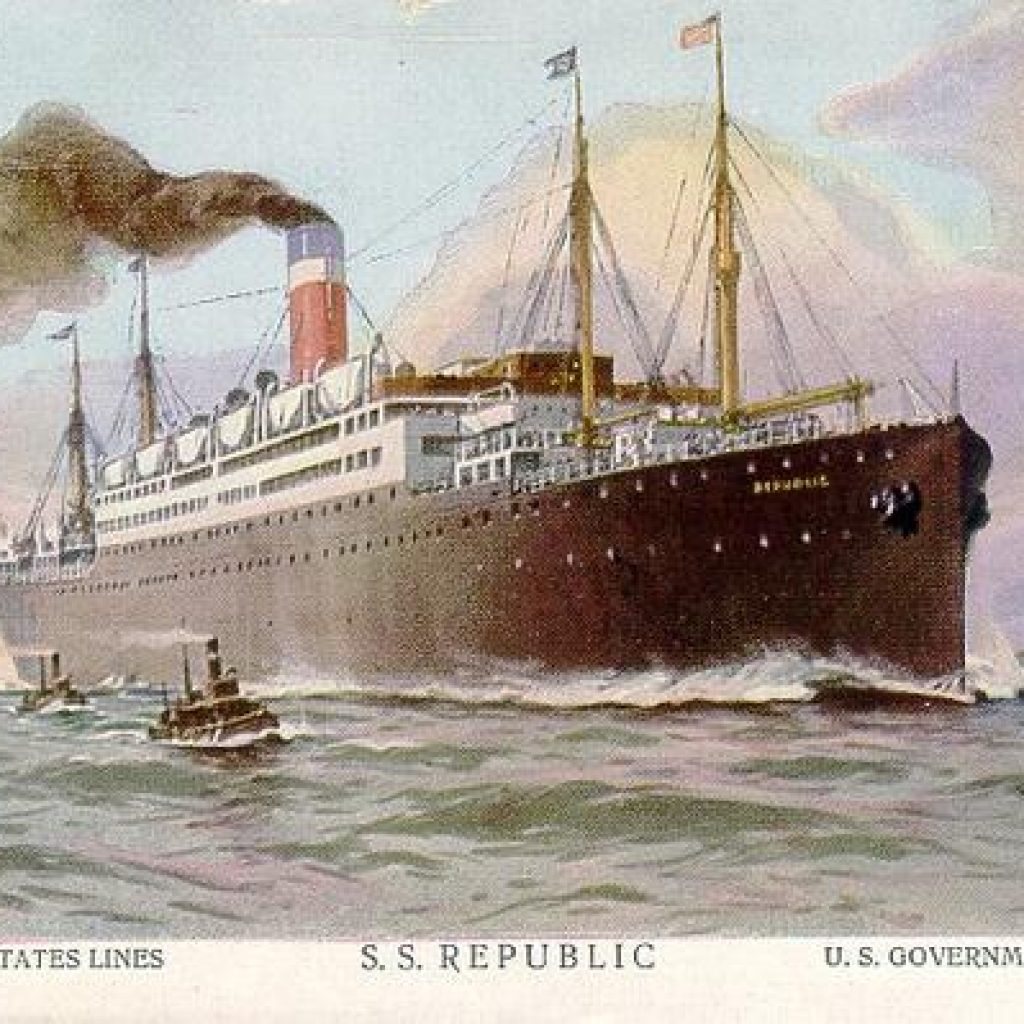
The main body of the vessel is gone. However, parts of the rudder, paddle wheel, and steam engine are relatively preserved. Even still, this is not what the crew was looking for. The ship was loaded with $400,000 of gold and silver coins.
More than 750 coins were recovered, many of which were well preserved. The team also managed to salvage other items that held a great historical value like the ship’s bell. The entire expedition was documented by National Geographic.
Black Swan Project
This is another treasure discovered by Odyssey Marine Exploration, Inc. They nicknamed the expedition Black Swan Project. In total, the company recovered 17 tons of silver. Later, it was shipped to Florida where it was to be hidden in secret locations.
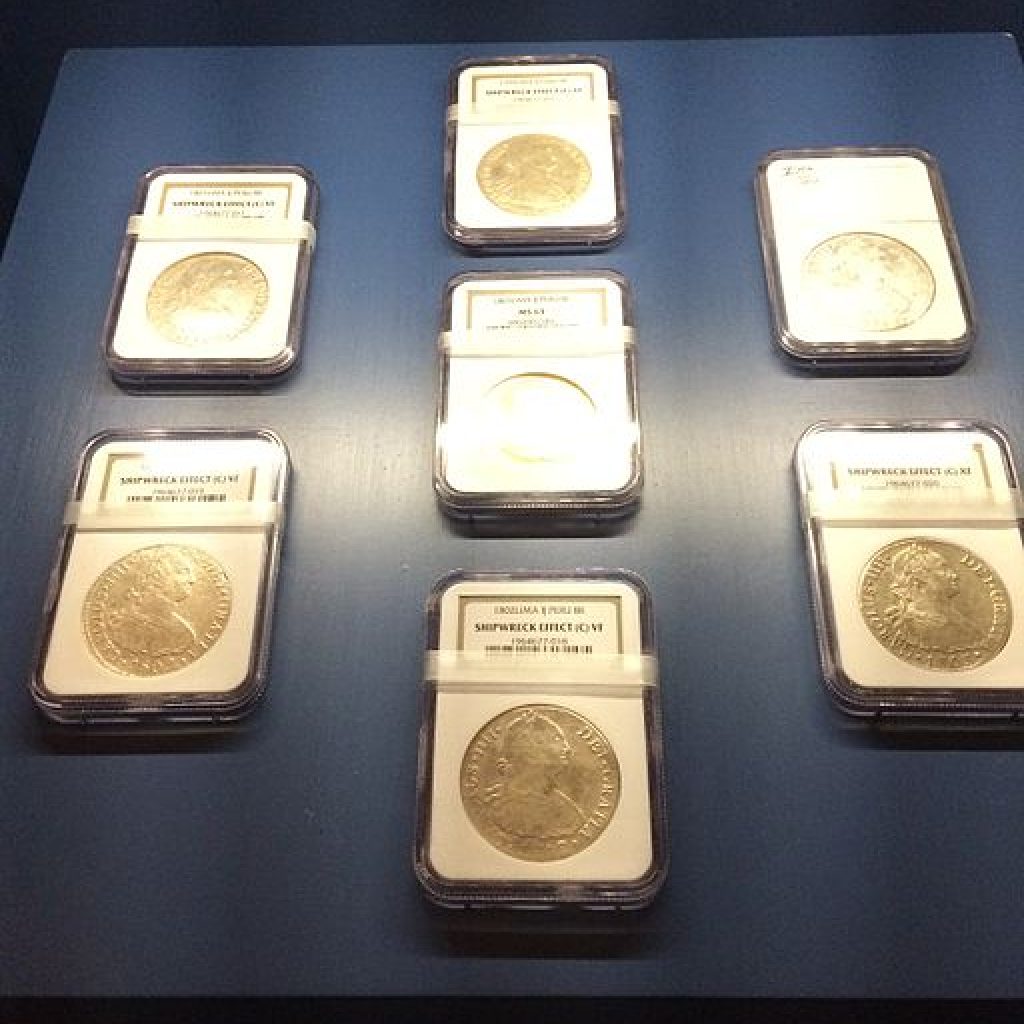
However, nobody could keep this kind of news secret for long, and on May 18th, 2007, the news became public. The Spanish Government proved that this is the cargo of Nuestra Señora de las Mercedes, a Spanish ship that sank in 1804.
Unfortunately for Gregory Stemm, the CEO of Odyssey Marine company, US courts ruled that the treasure needs to be sent back to Spain and his company had to pay the Spanish Government $1 million as compensation for moral damage.
Portions of the discovery had been displayed at a museum in Spain for a few months. The Spanish government also sent a group of underwater archeologists to examine the shipwreck, which is located near the Portuguese coasts. Unfortunately, they found the wreck was damaged during Odyssey’s expedition.
SS Central America
SS Central America, commonly known as the Ship of Gold, was a side-wheel steamer. It was 280 feet (85 meters) long. This ship was made during the California gold rush, specifically to transport Gold from Panama to New York.
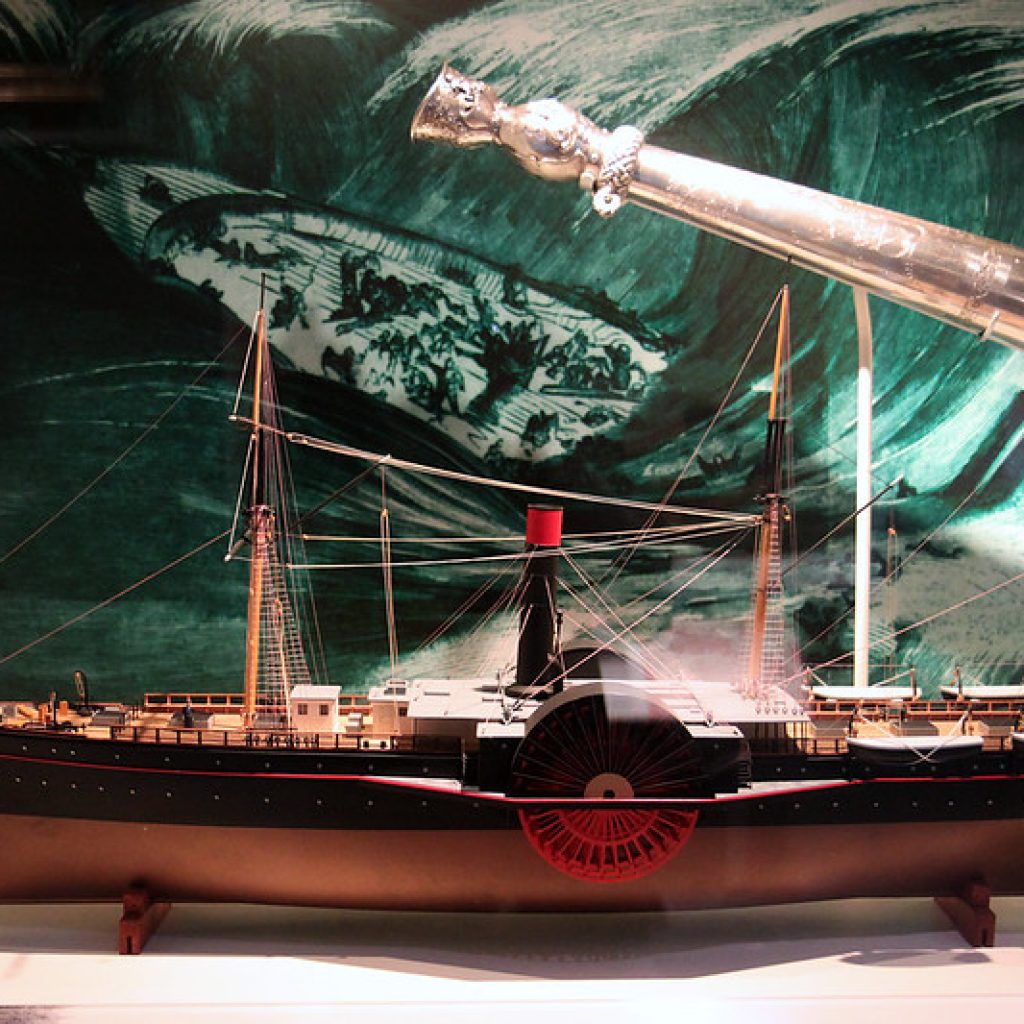
In her last trip, she fell victim to a hurricane and sank in 1857 off the coast of the Carolinas in the United States. The ship was loaded with 20 tons of gold valued around $54 million.
In 1988, the shipwreck was located at a depth of 7,200 feet (2,200 meters) underwater. Tommy Thompson used historical data and mathematics (Bayesian search theory) to find the Ship of Gold. However, it was too deep for divers, so remotely operated underwater vehicles were used instead.
To find out more about International Training, visit www.tdisdi.com.
![]()
Blogs
Intro to Tech: What is it about?
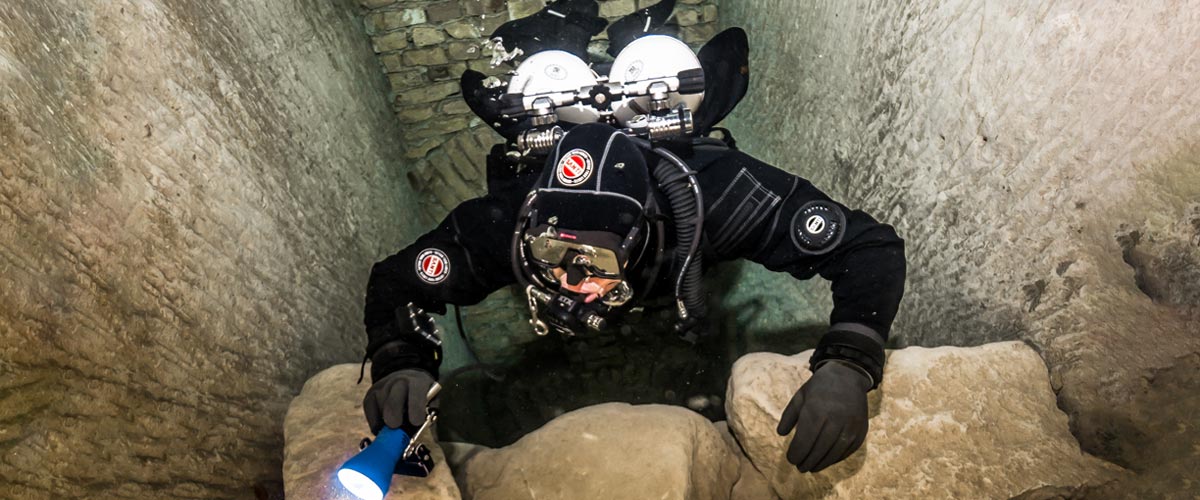
Article by José Pablo Mir
Pictures by Cezary Abramowski
The world of technical diving is exciting. It opens the door to new sites, depths, and bottom times. More importantly, it opens our minds to a new way of planning, facing, and experiencing dives, even those not purely technical.
Becoming a technical diver is a process, and like in other aspects of life, we should find the proper entry point that suits us best based on our knowledge and experience. The Introduction to Technical Diving course from TDI -the world’s largest and most recognized technical diving teaching organization- is the best option for divers who have yet to gain experience in the fundamental aspects of this new practice. The course’s content and its embrace of new techniques and technologies make it possible to acquire a solid foundation to learn and gain experience in this practice properly.
Becoming a technical diver is not something that happens overnight, whether deciding to become one or receiving a certification card stating we are now technical divers. It is a slow process extending farther away than any introductory course. It requires effort and dedication. But it will bring us satisfaction from day one -or two.
It is a matter of mentality
First, we must understand and accept that technical diving, involving greater depths, longer bottom times, exotic gases, virtual or real ceilings, and more, comes with higher levels of risk than the sport diving we have been practicing until now.
Although this discussion usually starts with a warning about risks, as I’ve done in the previous sentence, our practice is not a game of chance.
Technical diving is a rational activity that requires maturity and good judgment, and we will put everything into ensuring that each dive is a successful one -meaning we return from it safe and sound. With this understanding, we will strive to establish a mental attitude more aligned with our practice and its realities.
This new “technical diver” mindset we will develop will lead us to be more cautious in our executions, more analytical in our plans, more rational in our strategies, and more detailed in our procedures.
Experience will keep teaching us to know ourselves better, to keep our anxiety and other emotions under control, and to manage our impulses. Over time, our senses will sharpen, and we will be more attentive to the particulars of the situation we find ourselves in.
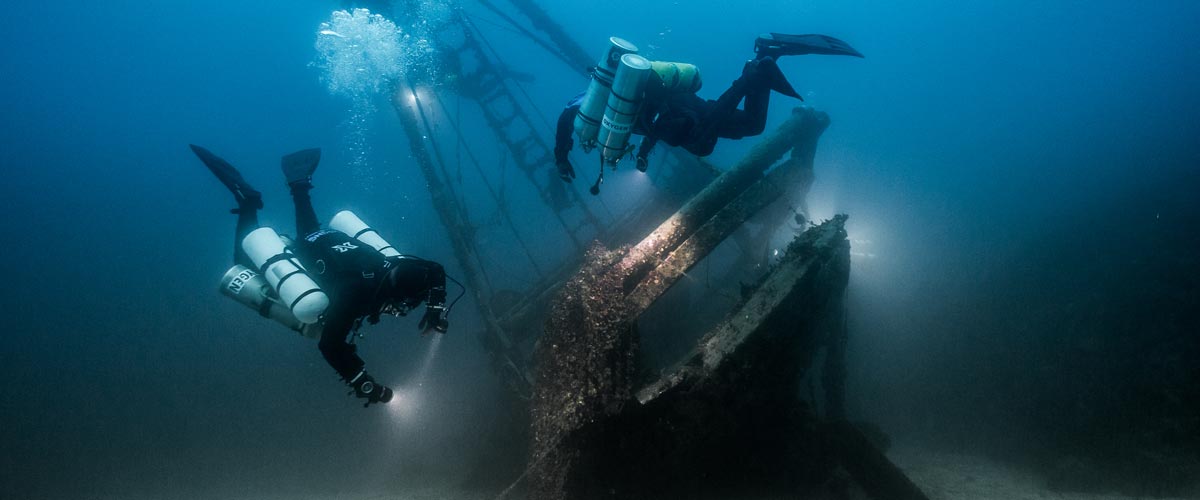
Strategies and procedures
Our strategies, those broad guiding lines tracing the path to follow, from how to approach planning to where, with what, and how we are willing to get there, will be more specific and more practical. Not because they magically become so, but because we will consciously and deliberately frame them that way.
We will establish clear, concise, and realistic procedures. Not only for the undesirable situations that may present themselves but also for those that are part of our dive objectives.
Even though, as technical divers, we often use equipment different from what we were previously accustomed to, it is essential to note that the gear does not make the diver. In a way, we could consider such equipment as the necessary tools to implement what our goal seeks to achieve, according to our strategies and procedures.
Technique plays an important role
We must put our greatest effort into learning and perfecting the different techniques we will be acquiring. Buoyancy, trim, propulsion, cylinder handling, deploying DSMBs and lift bags, valve drills, and more are essential skills we must begin to master to progress in our art. What we cannot do, when we need to do it, can harm us.
Our techniques must be effective and achieve the purpose for which they were devised. But they must also be efficient and require the least resources possible, including the time they take and the effort they demand. Effectiveness and efficiency will prevail over beauty and other considerations that may come to mind, although none of them should be mutually exclusive. A technique executed efficiently and effectively tends to have an inherent beauty.
Refining techniques is a lifelong mission. Some of them will be easy to master from the go; others, on the other hand, will be our life mission and will require many repetitions just to resemble the idea we have in mind of how they should be executed.
We must consider the environment
Our learning, the needs and musts of the practice we engage in, the experience we gradually gain, our strategies and procedures, and even our equipment and tools change with the environment.
Diving in the ocean, everything about us must be suitable for ocean dives. Conditions there rarely emulate those found in a pool, lake, or river. Variable winds and currents, greater depths, visibility conditions, other divers with uncertain skills around us, marine life, maritime traffic, distance from the coast, and many other factors add complexity and uncertainty.
It is never necessary to master the pool on the first day, but planning and aspiring to gradually cope with the ocean’s conditions is essential.
The cost of good training
We are aware that our resources are often scarce in relation to the possibilities of use we could give them if they were not. To a greater or lesser extent, we are part of the economic reality in which we are embedded.
Fortunately, the cost of good technical diver training is not an entry barrier. Comparing training and equipment costs, we see that the former are generally lower. Yes, lower cost for personalized service, essential to our future
performance and safety, than for a series of mass-produced products that are mere, albeit necessary, tools for an end.
The value of good training
The value of the training we received encompasses a range of characteristics, from emotional and methodological to technical and technological. TDI and its Introduction to Technical Diving course offer a deep and modern approach, with a teaching strategy that aims to create thinking divers, not merely obedient ones.
As technical divers, our knowledge is our primary tool. In this type of activity, what we don’t know can harm us.
Is this course optional?
Unfortunately, the fact that this Introduction to Technical Diving course is not a prerequisite for any subsequent training is an invitation to consider it optional. And we all know what usually happens to “optional” under budget constraints.
However, this course should be seen as optional only by those divers who are somehow familiar with the use of technical equipment, who have a mindset more in line with the requirements of this type of diving, who plan and execute the dives the proper “technical” way, who know their gas consumption rate, who are not intimidated by non-decompression tables, who feel comfortable using their dive computers, and know the techniques and have at least an acceptable level of buoyancy, positioning, and propulsion. Those can go straight to a more advanced training course, such as TDI’s Advanced Nitrox.
We must ask ourselves whether or not we are in that group.
Remember our goal: to have fun
Recreational diving is our passion. Jumping into the water carrying heavy equipment and having properly dotted our I’s and crossed our T’s have only one ultimate goal: fun. This is the activity we have chosen as a hobby. We must enjoy it; it must give us pleasure and make us vibrate.
Having a good time is not optional!
Blogs
Four opportunities to go pro in 2024 with Dive Friends Bonaire
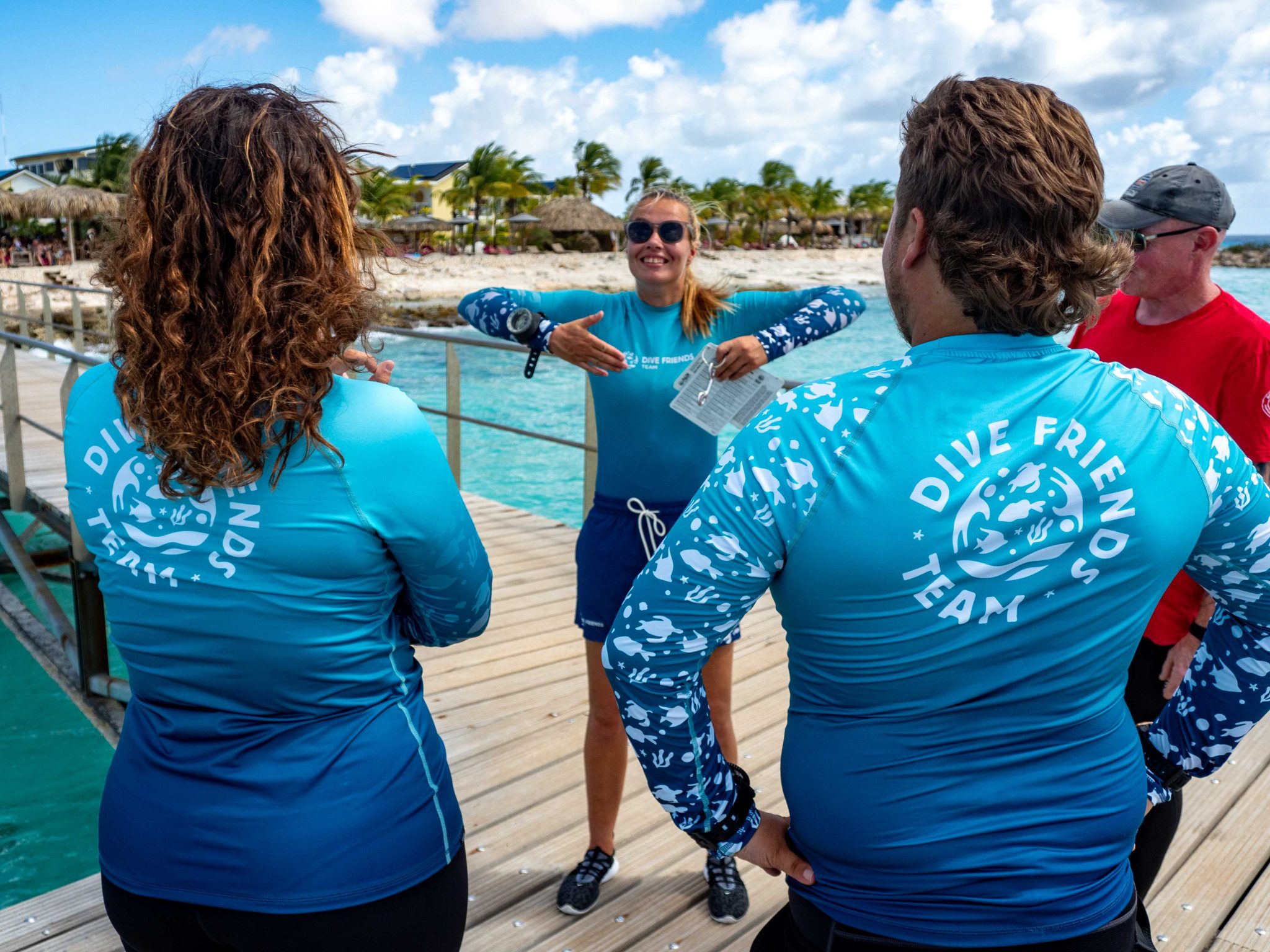
Dive Friends teaches the Instructor Development Course (IDC) several times a year to students who are eager to share their passion for diving with the world.
Dive Friends is known for the personal approach throughout the course. Their in-house course director will lead the students through every essential step, mentoring them to achieve their fullest potential as a dive instructor.
Applications for the following IDC start dates are now open:
- 12 April
- 5 July,
- 20 September
- 29 November
Partnership with Casita Palma
If the student opts for the IDC-Deluxe or IDC-Supreme package, their accommodation will be arranged for them at Casita Palma. This small and quiet resort is within walking distance from Dive Friends Bonaire’s main dive shop location and has everything you need to relax after an intense day of IDC training. Breakfast is included, so the student will always be fuelled and ready for their day.
Contact Dive Friends Bonaire’s Course Director Eddy for more information: coursedirector@divefriendsbonaire.com.
-

 News3 months ago
News3 months agoHone your underwater photography skills with Alphamarine Photography at Red Sea Diving Safari in March
-

 News2 months ago
News2 months agoCapturing Critters in Lembeh Underwater Photography Workshop 2024: Event Roundup
-

 Marine Life & Conservation Blogs2 months ago
Marine Life & Conservation Blogs2 months agoCreature Feature: Swell Sharks
-

 Blogs1 month ago
Blogs1 month agoMurex Resorts: Passport to Paradise!
-

 Gear News3 months ago
Gear News3 months agoBare X-Mission Drysuit: Ideal for Both Technical and Recreational Divers
-

 Blogs2 months ago
Blogs2 months agoDiver Discovering Whale Skeletons Beneath Ice Judged World’s Best Underwater Photograph
-

 Gear Reviews2 months ago
Gear Reviews2 months agoGear Review: Oceanic+ Dive Housing for iPhone
-
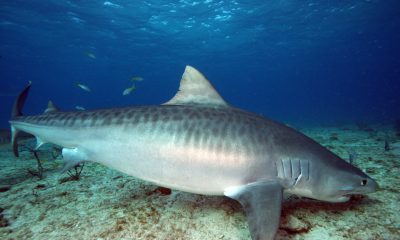
 Blogs3 months ago
Blogs3 months agoThe Thrilling Encounter with Tiger Sharks at Beqa Lagoon’s ‘The Colosseum’ with Coral Coast Divers











